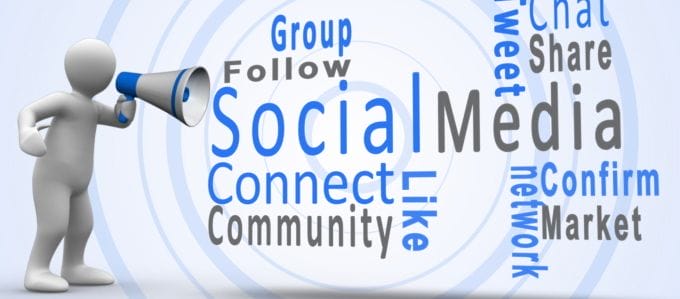If you have more than a handful of employees chances are they are using some kind of internal communication platform.
 Maybe they are among the 10 million people who use Slack every day, or maybe you’ve deployed Microsoft Teams, Yammer, Workplace by Facebook, or some other internal chat tool.
Maybe they are among the 10 million people who use Slack every day, or maybe you’ve deployed Microsoft Teams, Yammer, Workplace by Facebook, or some other internal chat tool.
The key is, your employees have a place to collaborate, plan projects, brainstorm and share ideas. But are you sure that is all they are doing?
If a company has a communication culture where sexist jokes are casually exchanged, or employees think it’s OK to share client information via chat, it’s a just a matter of time before a crisis occurs. With that kind of risk simmering in the background, companies can’t just assume employees are following all the data-privacy rules and social protocols when using these internal platforms.
Unless HR is paying attention, these seemingly valuable collaboration platforms can quickly become problematic, said Jeff Schumann, CEO of Aware, a provider of monitoring software for collaboration platforms.
“A large company might have thousands of different public chat groups going at any given time,” he said. Thousands more employees will be exchanging private messages with other individuals or small groups. “It’s important to know what they are saying.”
Chances are employees are sharing information or communicating in a way that HR should be worried about. Columbus, Ohio-based Aware’s “Human Behavior Risk Analysis” report found that 1 in 50 private messages on these platforms contains sensitive information, including passwords and client data, and 1 in 90 are “negative in nature.” They also found that 1 in every 250 public messages — those shared with a large group — contain confidential information.
The challenge is how to monitor these conversations and respond without scaring people away. Smaller companies can mitigate these risks through human monitoring — assigning an HR person or team leader to keep track of the conversations and to address any issues that arise. But in big companies such oversight is impossible.
Instead, many firms are utilizing monitoring software with artificial intelligence and natural language processing to constantly read messages and alert HR if a problem arises. These platforms can be often customized to look for certain types of information, or conversations that might indicate a regulatory risk (sharing client data), or suggest cultural concerns, or forms of harassment.
Taking a proactive approach gives companies the information they need to prevent data breaches and to respond to bullying, racism or other negative exchanges, said Linda Pophal, founder of Strategic Communications, an employee communications consulting firm.
“If it’s a small issue, managers can address the issue privately,” Pophal said. But if the exchange represents a bigger systemic problem or it puts the company at risk, HR should be ready to step in. In these cases, a response may involve deleting the post, reprimanding the people involved and sending out a companywide reminder about appropriate use of these chat tools.
Pophal also urged HR leaders to post a follow-up message about how the situation was resolved. “You can’t just take something down and assume no one will notice,” she said. “Use these situations as an opportunity to communicate what’s happened, and to change the direction of the conversation.”
Pulse of the Workforce
She noted that monitoring isn’t only useful to uncover communication mistakes. HR leaders can also use monitoring as a way to gauge employee sentiment. “If something is going on at the company people are talking about it,” Pophal said. Monitoring these platforms lets you know what they are saying. Maybe they are mad about hikes in health insurance costs or confused about the new paid time off program. “HR can track these conversations and respond when necessary.”
They can also see when people are excited about a new program and to identify who are the communication influencers and who is opting out of the conversation, added Laura Hamill, chief people officer of Limeade, an employee experience software company. Hamill also is chief science officer of Limeade Institute, which researches employee well-being, engagement and other workplace issues. “Monitoring gives you a sense of whether people feel engaged,” she said.
These platforms provide employees with a virtual community that becomes inherent to the workplace culture. “Monitoring won’t solve your communication problems,” she said. But when HR pays attention to how people communicate, and sets the tone for appropriate behavior, it will ensure that everyone feels safe, included, and connected.











